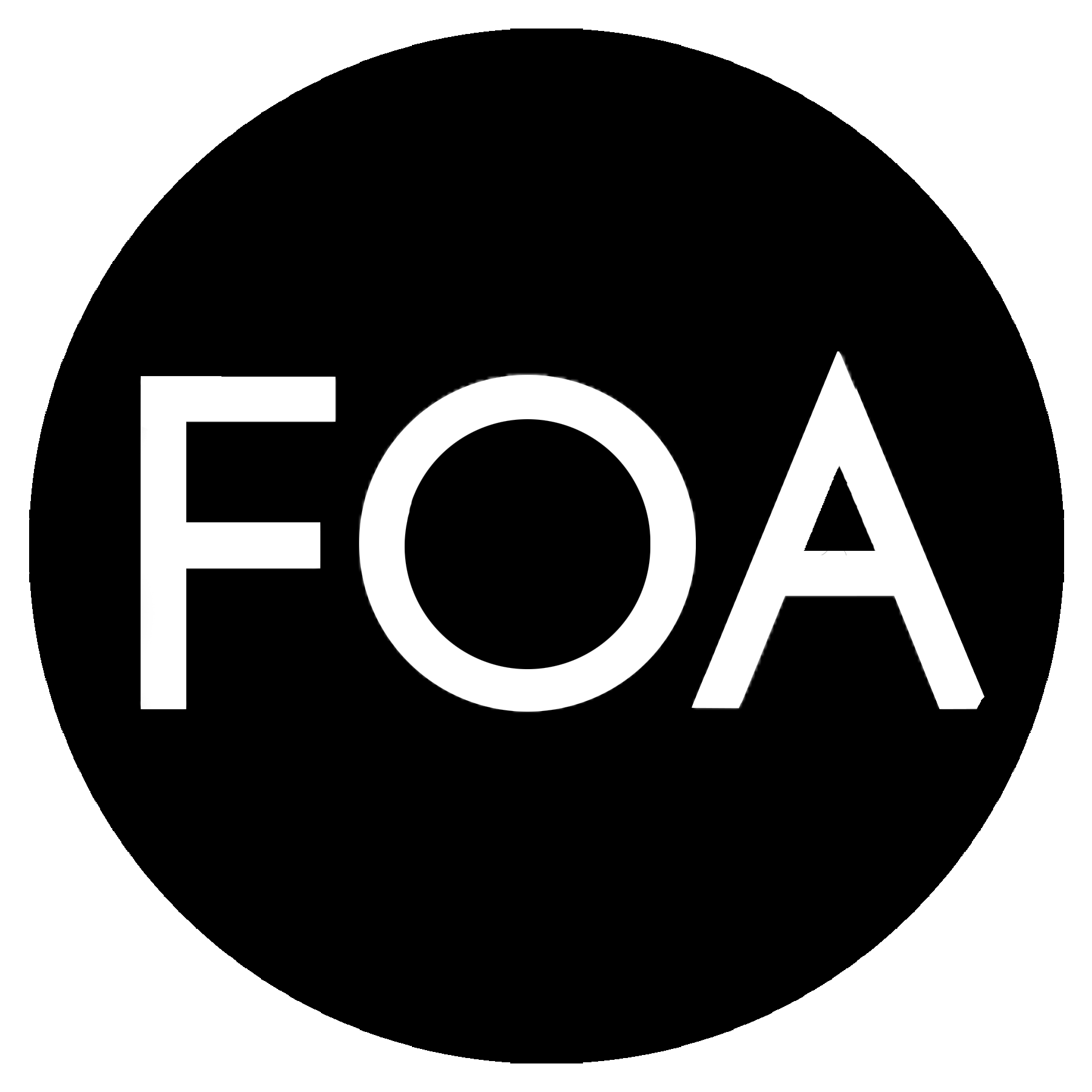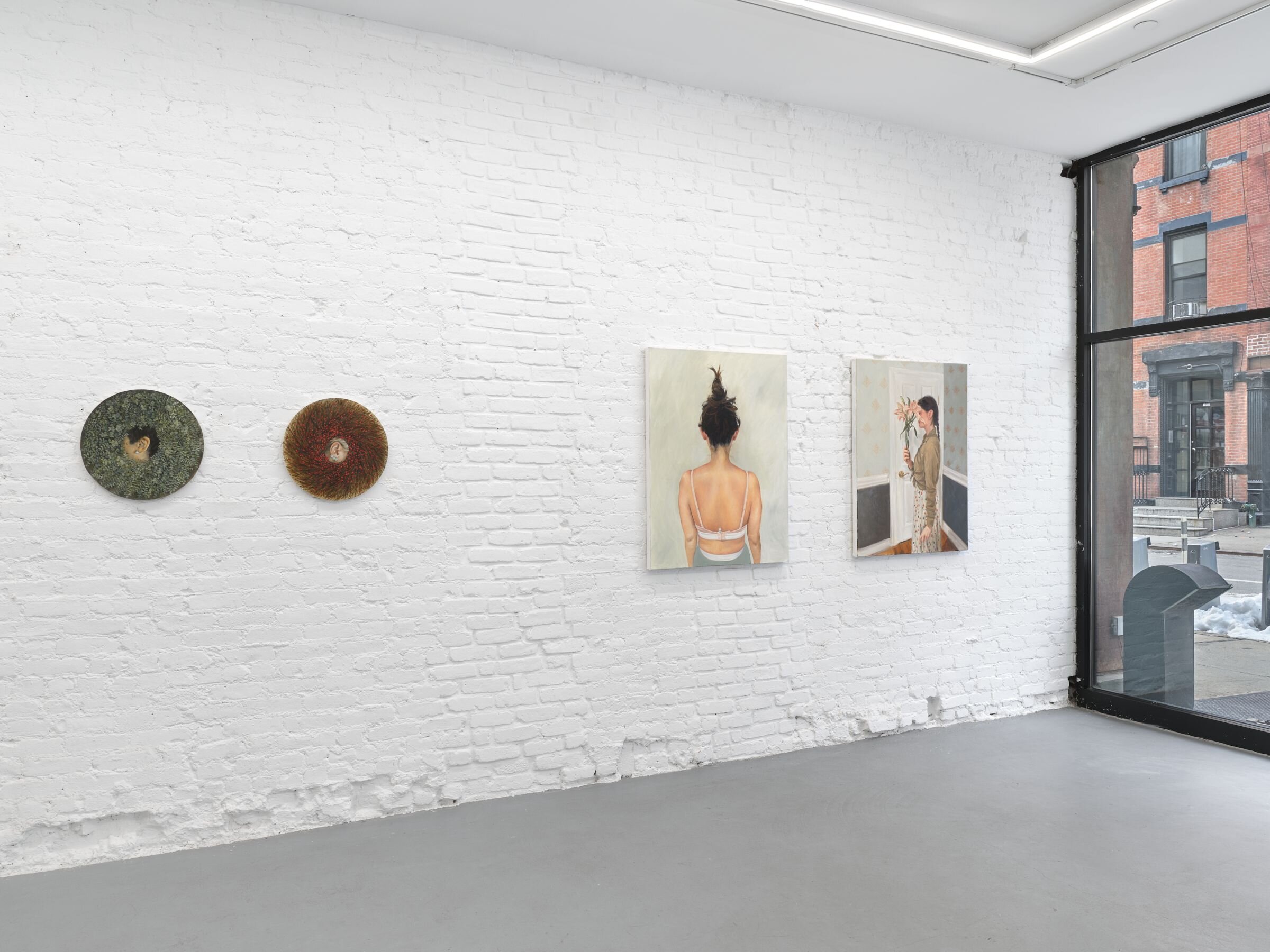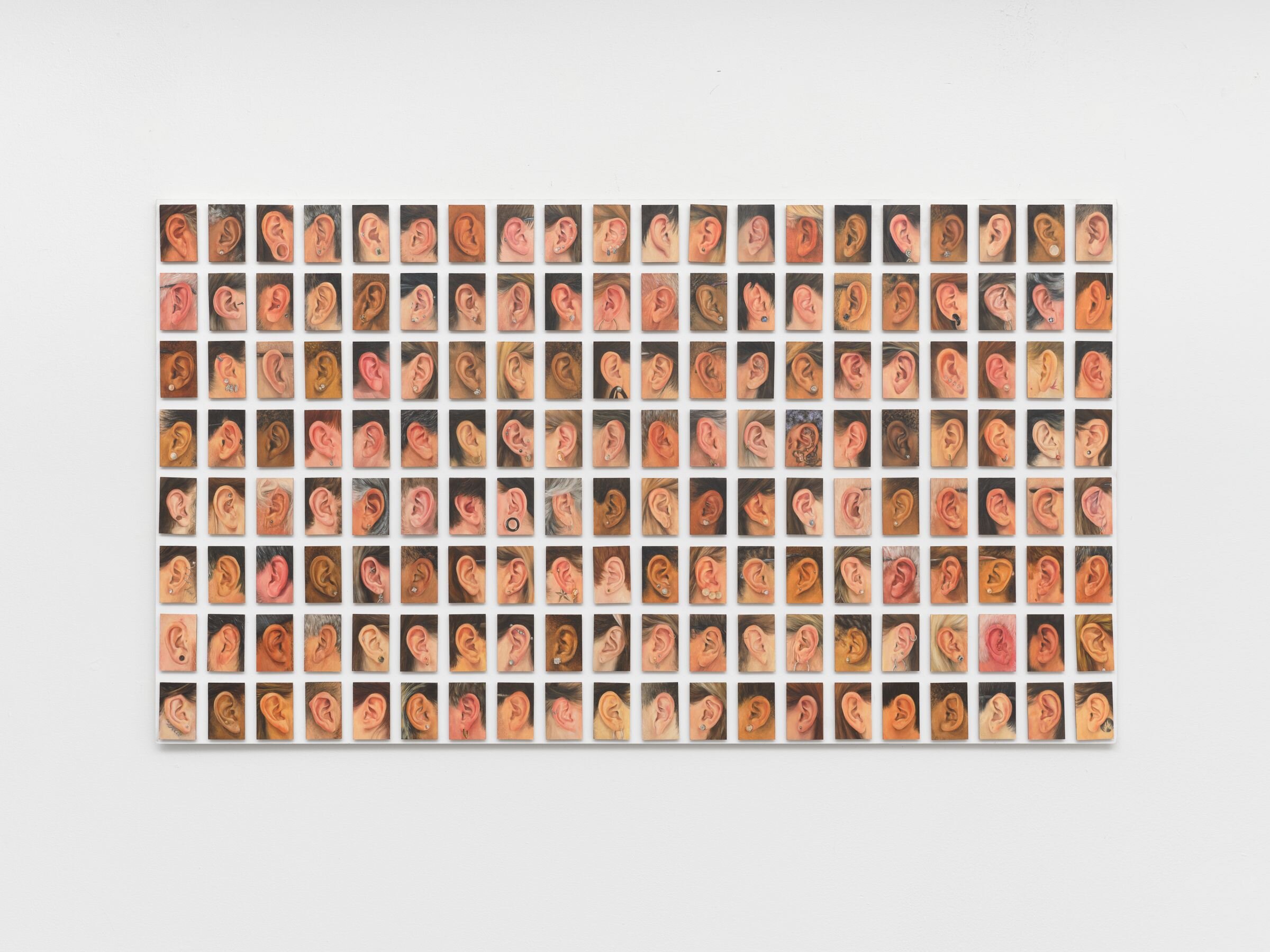In The Studio with Heather McLeod
Heather McLeod
is an artist exploring identity and the psychology by which we perceive others. Interested primarily in portraiture she plays with the use of symbolism and concealment to enhance the narrative and evoke a playful yet ominous side of representation. Born and raised in the greater New York area, McLeod received her BFA from Rhode Island School of Design in 2016, currently based in Manhattan she is completing her MFA from The New York Academy. She is a recipient of Fulbright Study/Research Award in Perugia, Italy, Elizabeth Greenshields Foundation Grant, The Leslie T. and Francis Posey Scholarship, and AXA Art Prize Finalist of Art.
McLeod’s solo-show Hide and Seek is on view at Trotter&Sholer through March 14th, 2021 and viewable on Eazel thereafter.
IN THE STUDIO WITH HEATHER MCLEOD
by Anna Mikaela Ekstrand
Installation view of Hide and Seek at Trotter&Sholer
AME: What principles or ideas about painting or art in general do you find yourself returning to, or guide you in your process?
HM: I have always been drawn to portraiture and find the figure an interesting form to investigate. Even in works that don’t include a figure I’m interested in the idea that every painting is a refection of the artist who makes it. I am also intrigued by paint as a material and the movement and noise, or lack thereof, that it can contribute to the narrative of the painting.
AME: You work with portraiture but unexpectedly you mostly cover, obstruct – with flowers or fauna in your most recent series – or find angles where the face is not shown. Why? How does including or excluding the face disrupt representation?
HM: We have this idea in our minds that a likeness of the eyes, nose and mouth defines a person, but I think that’s a very limited viewpoint. When the viewer is denied access to the face, they are forced to examine other aspects of the painting. Whether it’s reading into gesture, color or symbolism, it allows for a deeper understanding of the figure and one not based solely on a physical likeness.
AME: Your most extensive series to date is The Ear Project. What drew you to ears, when did you paint your first one, and did you know then it would become a focus, or obsession, of yours?
HM: My fascination with ears goes back quite a few years. During my last year at RISD, I used three small panels to paint three ears as practice for a part of the body that is notoriously difficult to paint. When isolated from the rest of the body, I realized how reflective ears are of the individual. With the choice in earrings, tattoos, the shape and even the hairstyle around the ear, you can tell so much about the person. For me, they act as individual portraits where a face isn’t a necessary component. When arranged in a series, they beg the question of what is being heard or listened to.
Since those first three, I experimented with scale and surfaces, even once doing a series on NYC MetroCards. Once I started painting the current Ear Project I didn’t have a number in mind. I just knew I wanted there to be a lot of them. I found it comforting to know that I could go into the studio knowing what to paint, and after a few hours have a completed painting. I would count them and get excited as the number grew but I didn’t know that the obsession would filter into other paintings.
AME: How many studios have you had and which ones provided the best area for work and contemplation, and why?
HM: I’ve had a lot of studios over the years but studio can be a loose term. I’ve worked out of my home and even at one point out of my bedroom. It’s convenient because you don’t have to commute and feel that much closer to the work. Still, having a separate space allows me to be separated from the work for a period and I find that to be a necessary part of he painting process.
My studio now isn’t very large but it’s a quiet space I have all to myself with access to a woodshop and larger rooms nearby. It’s only a short walk from my current apartment and I spend most of my time there so that must mean something’s working!
AME: Are you neat or messy? Do you listen to music, podcasts, or do you need quiet when you work?
HM: I’m super neat. I always have been. I just find my mind is clearer when my life is organized.
I guess it depends on what I’m working on, but for the most part, I need to be listening to something when I’m painting. I like to mix it up from time to time but I listen to a lot of audiobooks and podcasts. If I’m in silence I find I get too caught up in what I’m doing and overthink the process. For me, there’s a time for planning, and a time for distracting yourself while the paint does its work.
AME: What is challenging about your medium? And, conversely, what is challenging about your subject matter?
HM: Painting is hard. Even with years of practice it’s unpredictable.
I had a teacher who said painting is the craziest thing we could possibly do. He said, “Painting was simply using animal hair attached to a stick to rub dirt around a surface and expecting it to look like something.” It’s such a great visual that’s comforting when the idea in your mind doesn’t match the painting in front of you.
Generally, working with the figure, or depicting a sense of identity and psychology, is not an easy thing to do. The figure becomes so specific and I like my art to leave room for interpretation. I think I’ve started to find a happy middle ground but I’m sure my work will evolve as I find other ways of exploring these ideas.
AME: You spent a year in Perugia, Italy, how did that effect your work? Did you find yourself growing there or were you more affected by the sojourn afterwards?
HM: I think back on my year in Perugia all the time. It marked a pivotal point in my life when I was deciding between pursuing an art related career or art on its own. I was beyond honored when I was awarded a Fulbright Research Grant to study in Perugia, Italy with the sole purpose of making art. It was the first time I had to keep my own schedule but I learned how easily it came and how so many different art forms could influence each other. I spent a lot of my time there working with puppets, which many people might not realize, but it’s also where The Ear Project started.
AME: You are currently enrolled at The New York Academy of Art, why did you choose this school and what do you hope to glean from your education there, and what has been unexpected about it thus far?
HM: After spending a few years out of school I knew I wanted to go back to fine tune my art practice. I learned so much at RISD and loved it there but working on my own, I felt my interests and depictions were too broad. My work tends more towards the traditional side but I wasn’t interested in an atelier program so NYAA was a great combination of strengthening core knowledge like drawing and anatomy while introducing students to the contemporary art scene.
I’m sure it’s no surprise to say that the unexpected part was the pandemic. It completely redefined what I thought my grad school experience would look like and we missed out on so many opportunities. I found it difficult to work but it made me reevaluate my goals and see the benefit of personal motivation in the art world.
Anna Mikaela Ekstrand is an independent curator, the founding editor-in-chief of Cultbytes, and director of Peas n’ Rice. She is interested in feminism, decolonial theory, and social practice. Currently, Anna Mikaela serves on the core curatorial team for the inaugural 'The Immigrant Artist Biennial' presenting over 75 artists. She has also held curatorial positions at the Metropolitan Museum, Museum of Arts and Design, Solomon R. Guggenheim, and Bard Graduate Center. She holds dual Master's Degrees in Art and Design History from Stockholm University and Bard Graduate Center.





